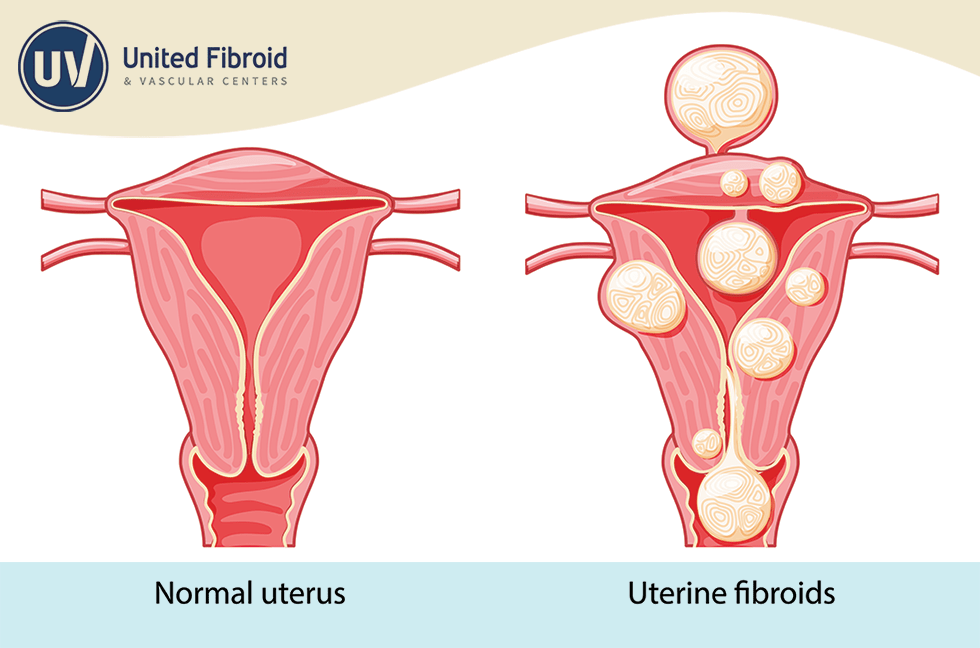The decision of whether or not to remove uterine fibroids depends on a number of factors, including the location of the fibroids, the severity of the symptoms, and the woman’s desire to have children in the future.
There is no one-size-fits-all answer to the question of what size fibroids should be removed. Some women may choose to have fibroids removed even if they are small and causing no symptoms. Other women may choose to wait until the fibroids start causing symptoms before having them removed.
Generally speaking, fibroids that cause symptoms such as heavy menstrual bleeding, pelvic pain, or pressure on the bladder or bowels are more likely to be removed.
However, there are some exceptions to this rule. For example, a woman who is planning to get pregnant may choose to have smaller fibroids removed if they are causing significant symptoms.
The best way to decide whether or not to have fibroids removed is to talk to a fibroid specialist. A fibroid specialist can assess your individual situation and recommend the best course of treatment for you.
Here are some of the factors that your doctor will consider when making a recommendation:
- The size and location of the fibroids
- The severity of your symptoms
- Your age
- Your desire to have children in the future
- Your overall health
If you are considering having fibroids removed, be sure to review all of your options and weigh the risks and benefits of each option before making a decision.
Here are some of the benefits of removing uterine fibroids:
Benefits
- Reduced symptoms, such as heavy menstrual bleeding, pelvic pain, and pressure on the bladder or bowels
- Improved fertility
- Increased quality of life
Here are some of the different types of surgery that can be used to remove uterine fibroids:
- Hysterectomy: This is the most invasive type of surgery and involves removing the entire uterus. It is usually only recommended for women who have severe symptoms or who do not want to have children in the future.
- Myomectomy: This is less invasive than a hysterectomy and involves removing the fibroids, but leaving the uterus intact. It is a good option for women who want to preserve their fertility.
- Uterine fibroid embolization (UFE) or Uterine artery embolization (UAE): This is a minimally invasive procedure that involves blocking the blood supply to the fibroids. This causes the fibroids to shrink and die. UAE is a good option for women who want to preserve their fertility and who do not want to have surgery.
The best type of surgery for you will depend on the size and location of your fibroids, the severity of your symptoms, and your overall health.
If you have any questions or concerns about uterine fibroids or surgery to remove them, speak with one of our fibroid specialists today.

